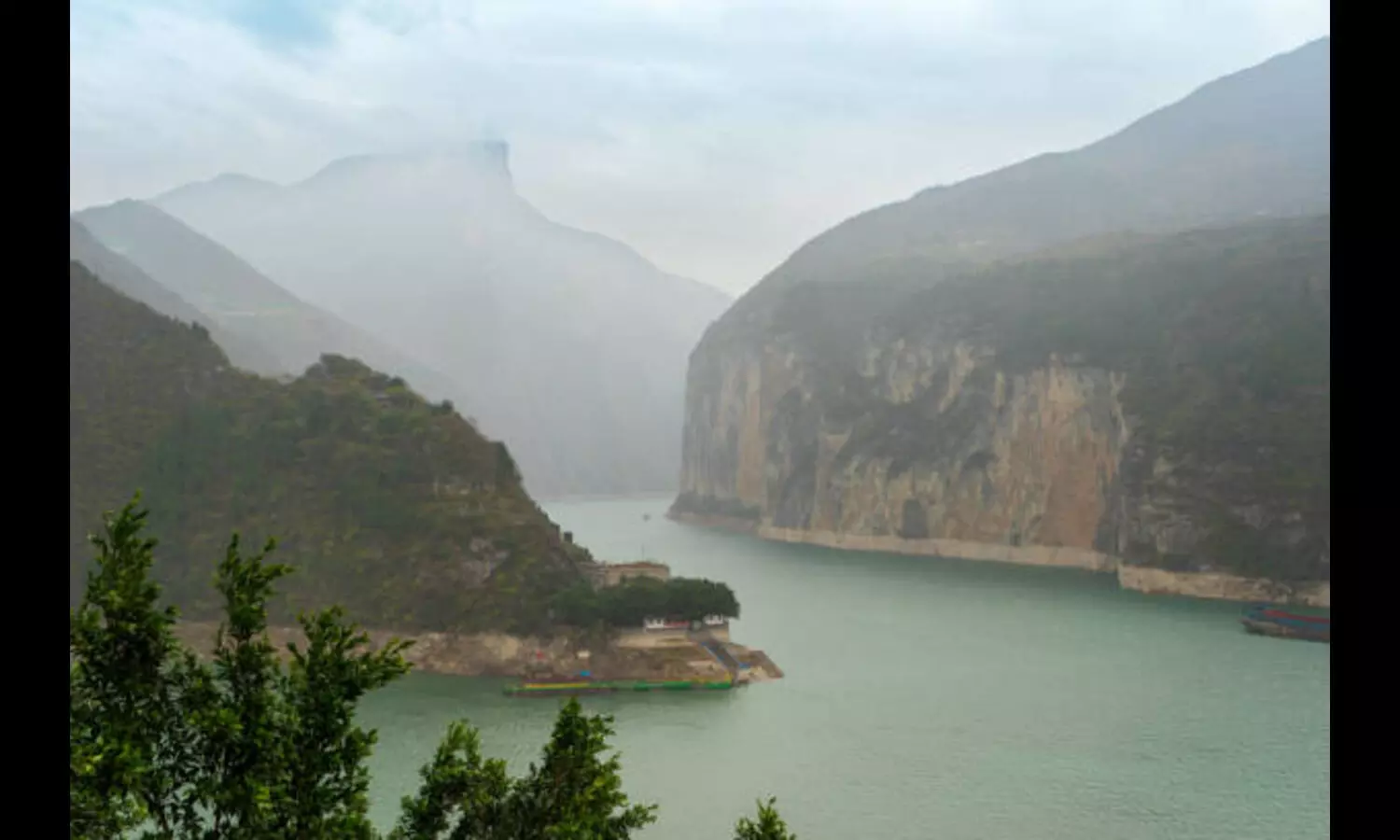China Plans Space Solar Power Station, 'Three Gorges Dam of Space'
China is developing a space-based solar power station likened to the Three Gorges Dam, promising continuous energy collection from geostationary orbit.
image for illustrative purpose

China is advancing plans to construct a large-scale space-based solar power station, a project scientists liken to the monumental Three Gorges Dam. The initiative aims to harness solar energy from geostationary orbit, bypassing the limitations of Earth-based solar collection systems.
The proposed solar array, spanning approximately one kilometer in width, will be positioned in geostationary orbit at an altitude of 36,000 kilometers above Earth. This location ensures uninterrupted energy collection, unaffected by atmospheric interference or the Earth's rotation, allowing for continuous power generation.
Lang Lehao, a renowned Chinese rocket scientist, highlighted the project's transformative potential. “The annual energy output from this system could surpass the total energy derived from all known global oil reserves,” Lang stated. He highlighted the project's scale and its parallels with the Three Gorges Dam, which remains a symbol of China’s engineering prowess.
The Three Gorges Dam, situated on the Yangtze River, is the largest hydroelectric facility globally, generating 22,500 megawatts of electricity. It is also among the few human-made structures visible from space. NASA previously reported that the dam's water weight has slightly altered Earth's rotation, slowing it by 0.06 microseconds.
China’s ambitious solar project reflects its broader commitment to energy innovation and sustainability. The South China Morning Post recently detailed the initiative, underscoring its potential to revolutionize energy collection and distribution on a global scale.
Meanwhile, China is also moving forward with another colossal project—the construction of a massive dam on the Brahmaputra River near the Indian border in Tibet. Estimated to cost $137 billion, the dam is planned at a strategic point where the river enters Arunachal Pradesh in India. Once completed, it is expected to surpass the Three Gorges Dam in scale and capacity.
Critics, however, have raised concerns over the geopolitical implications of the Brahmaputra River project. The dam could enable China to control water flow into India, raising fears of potential flooding in Indian territories during disputes.

